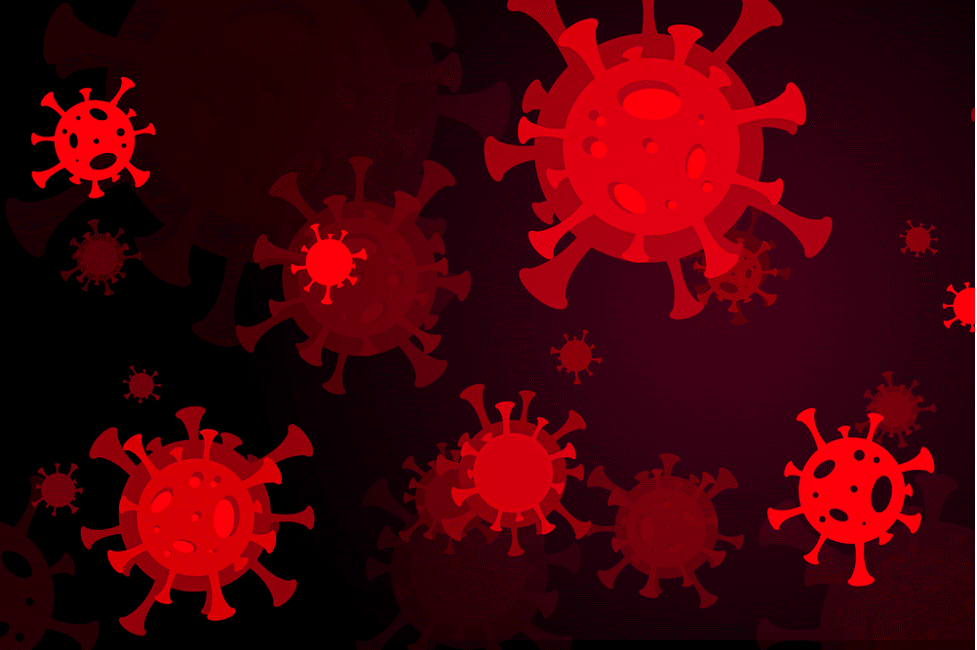Bloodborne pathogens, tiny but formidable, pose significant threats to human health. These microscopic organisms, including viruses, bacteria, and other infectious agents, thrive in the bloodstream and can cause severe diseases. Understanding their role in sexually transmitted diseases (STDs) is crucial for public health, prevention, and treatment efforts.
Bloodborne pathogens are primarily transmitted through blood-to-blood contact. However, they can also be spread through other bodily fluids, including semen, vaginal secretions, and, in some cases, saliva. The most notorious bloodborne pathogens associated with STDs are HIV (Human Immunodeficiency Virus), Hepatitis B (HBV), Hepatitis C (HCV), and syphilis-causing bacteria (Treponema pallidum).
HIV/AIDS
HIV, perhaps the most well-known bloodborne pathogen, attacks the immune system, specifically targeting CD4 cells (T cells). Over time, HIV can destroy so many of these cells that the body can’t fight off infections and disease. This severe phase of HIV infection is known as AIDS (Acquired Immunodeficiency Syndrome).
HIV transmission occurs primarily through unprotected sexual contact, sharing needles, and from mother to child during childbirth or breastfeeding. The virus can also be transmitted through blood transfusions, though this is rare due to rigorous screening processes.
Preventing HIV involves practicing safe sex, regular HIV testing, and, for those at high risk, pre-exposure prophylaxis (PrEP) medications. Antiretroviral therapy (ART) can manage HIV, allowing individuals to live long, healthy lives and significantly reducing the risk of transmission.
Hepatitis B and C
Hepatitis B and C viruses target the liver, leading to inflammation, chronic liver disease, and liver cancer. HBV is more easily transmitted than HIV, spreading through sexual contact, needle sharing, and from mother to child. Vaccination is highly effective against HBV, making it a critical tool in prevention.
HCV is primarily spread through blood-to-blood contact, often via shared needles among intravenous drug users. Sexual transmission of HCV is less common but can occur, especially in the presence of other STDs or HIV. There is no vaccine for HCV, but new antiviral treatments can cure the infection in most cases, making early detection and treatment vital.

Syphilis
Syphilis, caused by Treponema pallidum, is known as “the great imitator” due to its wide range of symptoms that mimic other diseases. Syphilis progresses through stages, starting with painless sores (chancres) at the infection site, followed by rashes, fever, and muscle aches in the secondary stage. If untreated, it can lead to severe complications affecting the heart, brain, and other organs.
Syphilis is primarily transmitted through sexual contact, including vaginal, anal, and oral sex. Blood transfusions, though rare, can also transmit the bacteria. The use of condoms and regular testing are essential preventive measures. Antibiotics, particularly penicillin, are highly effective in treating syphilis at all stages.
Prevention and Control
Preventing the spread of bloodborne pathogens requires a multi-faceted approach. Safe sex practices, including consistent condom use and regular testing, are fundamental. Needle exchange programs and safe needle practices are critical for preventing transmission among drug users.
Vaccinations, such as those for Hepatitis B, provide long-term protection and are a cornerstone of public health strategies. Public health initiatives, including education campaigns and accessible testing and treatment services, play a crucial role in reducing the spread of these pathogens.
Stigma and Societal Challenges
Stigma and discrimination remain significant barriers to effective prevention and treatment. Individuals with HIV, hepatitis, or syphilis often face social ostracism, which can deter them from seeking testing and treatment.
Combatting this stigma through education and awareness is essential for improving health outcomes.
Conclusion
Bloodborne pathogens and their role in STD transmission present complex challenges to public health. Understanding these pathogens, their transmission mechanisms, and effective prevention and treatment strategies is crucial for combating their spread.
By promoting safe practices, ensuring access to vaccines and treatments, and addressing societal stigma, we can make significant strides in the fight against these invisible threats.
